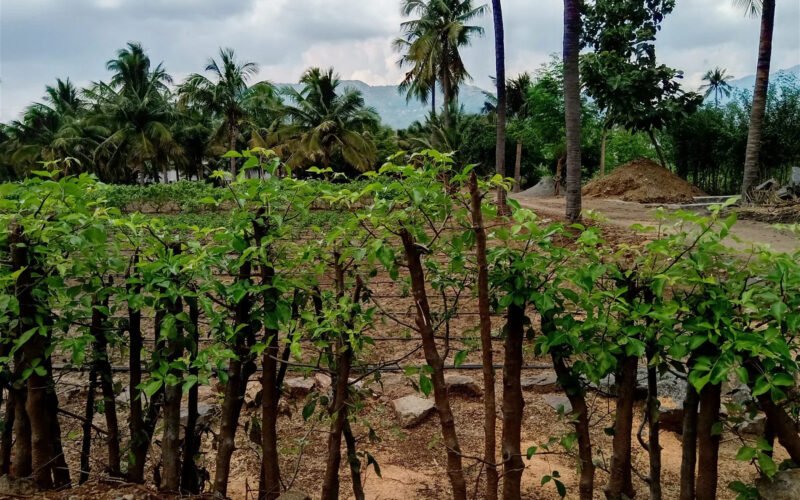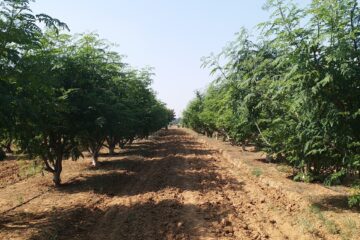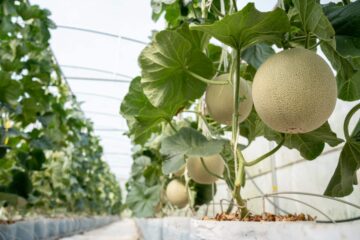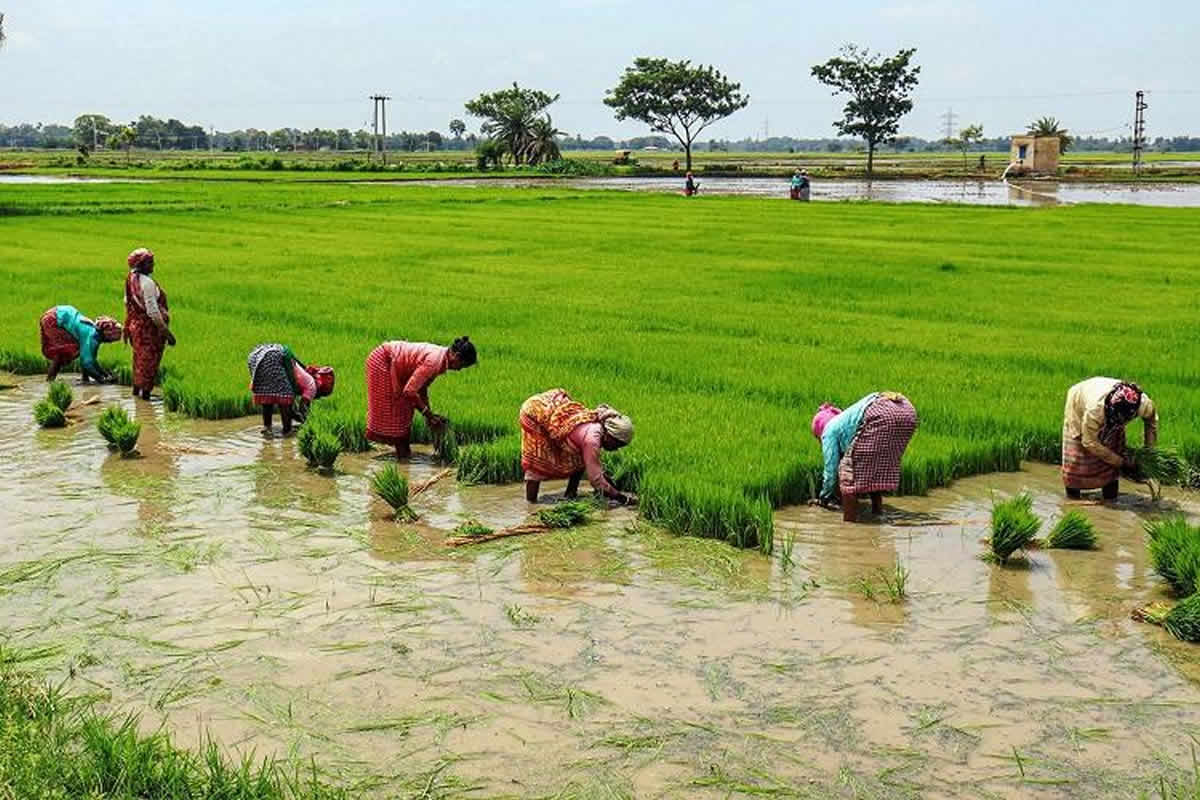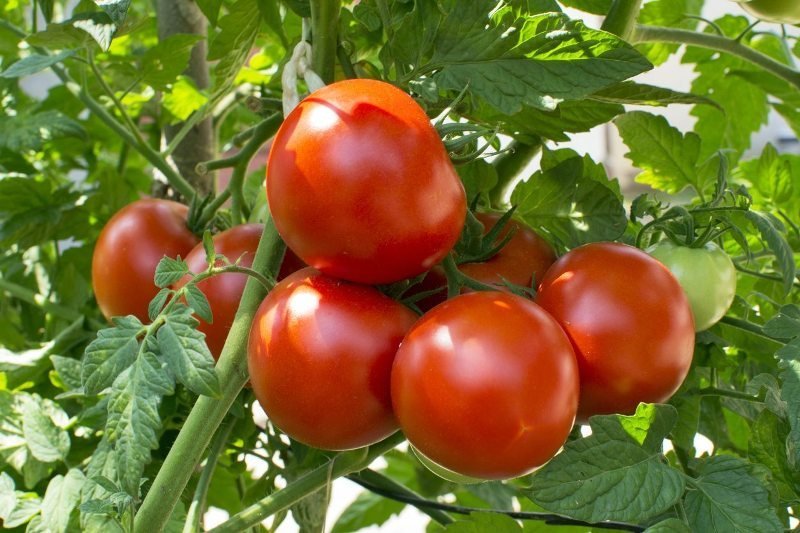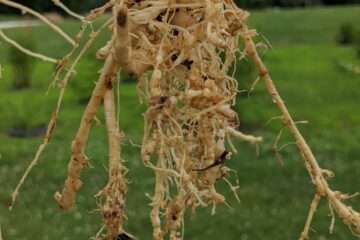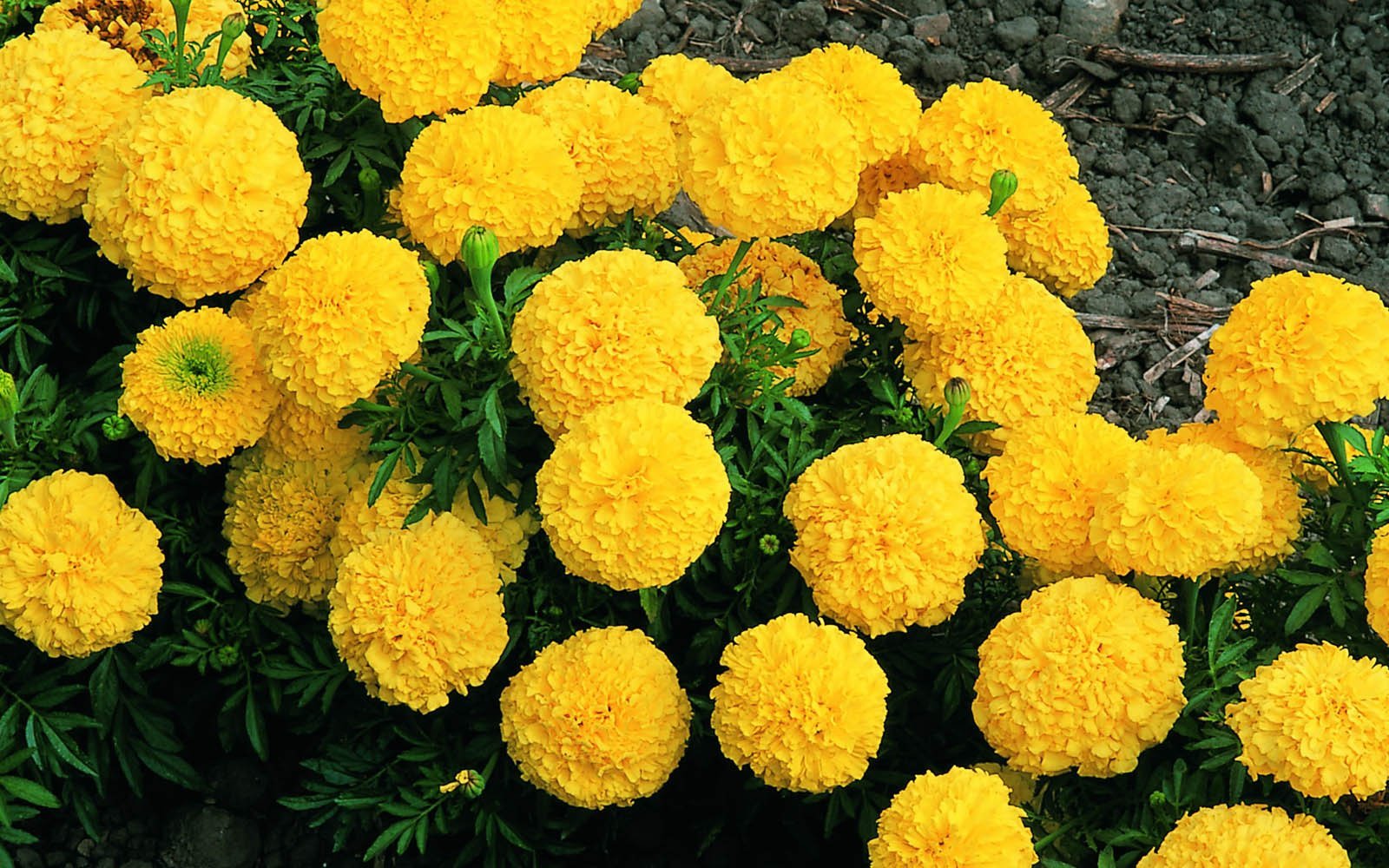A living fence is created by planting live plants to protect our land. While building fences with stones is common, states like Kerala, Manipur, Mizoram, and Arunachal Pradesh use plants to create fences. These fences not only offer protection but also provide various benefits.
A living fence prevents soil erosion, keeps unauthorized people out of the farm, serves as a habitat and food source for many species, produces green fodder for livestock, provides organic matter, firewood, and medicinal plants.
Benefits of Living Fences:
- Prevents Soil Erosion:
- Living fences help prevent soil erosion by holding the soil together with their roots.
- Provides Habitat:
- These fences serve as habitats for various creatures, offering them food and shelter.
- They act as green fodder for livestock, provide organic matter, and can even be used as firewood or for making wooden items.
- Medicinal plants can be grown in these fences.
- Five-Layer Living Fence:
- It’s beneficial to create a five-layer living fence in agricultural land:
- First Layer:
- Includes thorny plants that can also be used as livestock fodder, such as Ilanthai (Indian Jujube), Kallakkai (Carissa), Kodikkayapuli (Tamarind), Karai Mul, Bilvam, Sappathik Kalli, and more.
- Second Layer:
- Plants for bird food and human consumption like Banyan, Peepal, Fig, Naval (Jamun), Illupai (Mahua), Guava, Mango, Jackfruit, and many others.
- Third Layer:
- High-value trees like Bamboo, Silver Oak, Neem, Teak, and more.
- Fourth Layer:
- Plants for livestock fodder such as Agathi, Subabul, Sesbania, and more.
- Fifth Layer:
- Medicinal and insect-repellent plants like Pineapple, Bryophyllum, Tulsi, and many others.
- First Layer:
- It’s beneficial to create a five-layer living fence in agricultural land:
- Benefits for Biodiversity:
- These fences act as natural barriers and shelters for various animals and insects, maintaining ecological balance.
- The fences are rich with plants, shrubs, creepers, and grasses that support a wide range of wildlife.
- Economic and Environmental Benefits:
- They help in conserving moisture, reducing the impact of strong winds, and maintaining soil fertility.
- Living fences provide resources like firewood, fodder, medicinal plants, and fruits.
Implementing Living Fences:
- Dense Planting:
- The key to an effective living fence is dense and fast-growing plants.
- Suitable plants include Gliricidia, Henna, Aloe Vera, Vetiver, and more.
- Benefits to Farmers:
- Farmers can benefit from planting these fences as they provide multiple uses, including protection, resources, and ecological balance.
- Living fences can prevent soil erosion, provide fodder, and support beneficial wildlife that helps control pests.
- Improving Biodiversity:
- By planting a variety of plants in living fences, farmers can enhance biodiversity and create a more resilient agricultural ecosystem.
Conclusion:
Living fences are a sustainable and eco-friendly way to protect land and enhance biodiversity. By using a mix of plants, shrubs, and trees, these fences provide numerous benefits to the environment and agriculture. Implementing living fences can help farmers maintain soil health, prevent erosion, provide resources, and support a wide range of wildlife.
Dr. G. Kalaichelvi, Dr. N. Jayanthi, Tamil Nadu Veterinary and Animal Sciences University, Chennai – 600 051.

